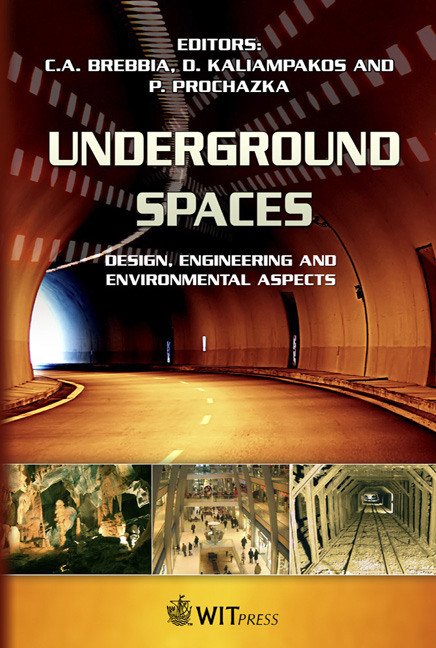Underground Nuclear Parks: New Approach For The Deployment Of Nuclear Energy Systems
Price
Free (open access)
Transaction
Volume
102
Pages
8
Page Range
63 - 70
Published
2008
Size
266 kb
Paper DOI
10.2495/US080071
Copyright
WIT Press
Author(s)
C. W. Myers, J. M. Mahar, J. F. Kunze & N. Z. Elkins
Abstract
It is possible that hundreds to perhaps thousands of new nuclear power reactors could be deployed this century to help meet the growing global demand for electricity. Underground reactor siting is proposed as a potentially superior alternative to surface siting. Past studies and experience with underground siting proved the engineering feasibility and revealed numerous safety, security, environmental and aesthetic advantages, but in spite of these advantages the added cost associated with underground siting continues to be viewed as an impediment. Recent work on the underground nuclear park (UNP) concept, however, indicates the potential to reduce per-reactor capital and operating cost below that for conventional surface siting. In addition, under a closed fuel-cycle policy, reprocessing plant, fuel re-manufacturing facilities, fast spectrum reactor(s), and waste disposal facilities could also potentially be located underground as part of the UNP. Work to date has included underground design concepts and excavation cost estimates for UNPs in bedded salt and granite, and ideas for UNP-based energy system applications. The UNP approach has the potential to reduce many of the cost, waste management, safety, and security concerns currently associated with nuclear power. Keywords: underground nuclear park, nuclear reactors, nuclear fuel cycle, underground reactor siting, cost reductions, waste management, security, safety. 1 Introduction Nuclear energy is increasingly recognized as an important technology to help meet the growing global demand for multi-gigawatt levels of baseload electricity
Keywords
underground nuclear park, nuclear reactors, nuclear fuel cycle, underground reactor siting, cost reductions, waste management, security, safety.





